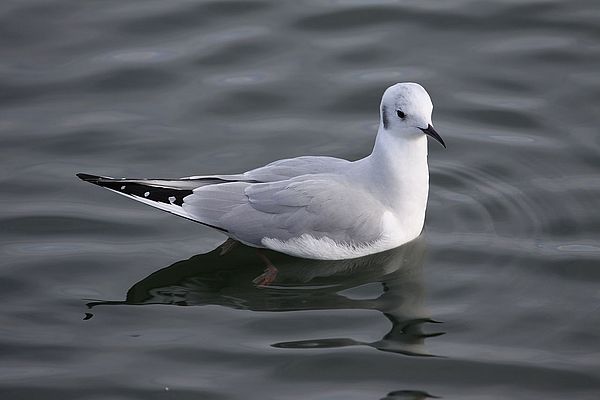While most people are savoring the last few days of summer, many birds have gotten beyond that and are beginning their travels to warmer winter climes. One of the first migrating birds you might encounter on Lake Champlain is the Bonaparte's gull. These tiny gulls with gray backs and white underparts are about two-thirds the size of the typical ring-billed gull. They have black eyes and a thin black beak. In breeding plumage the males have a black head, but the winter molt often reduces that to just a black spot behind the ear.
Bonaparte's gulls breed near bogs or lakes in coniferous forests across western Canada and Alaska. They are the only gull species to sometimes nest in trees. They spend only about a month on their breeding grounds, before heading as far south as northern Mexico.
You can observe the birds in fall migration on the lake as early as July, but the peak of their migration is in late fall. The highest number ever recorded at one time on Lake Champlain was 3,500 from South Hero in September 1997, but they can be found anywhere along the lake.
Their common name honors Prince Charles Lucien Bonaparte (1803-1857), a zoologist and nephew of the French Emperor. Bonaparte published a four- volume natural history of birds of the United States between 1825 and 1833.
